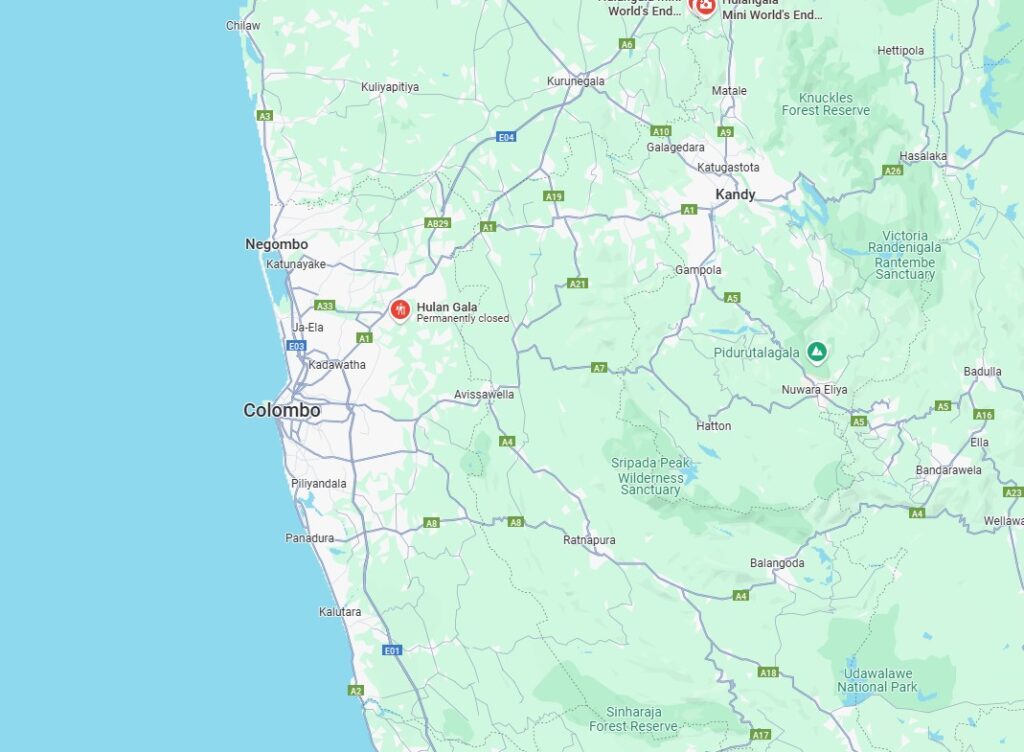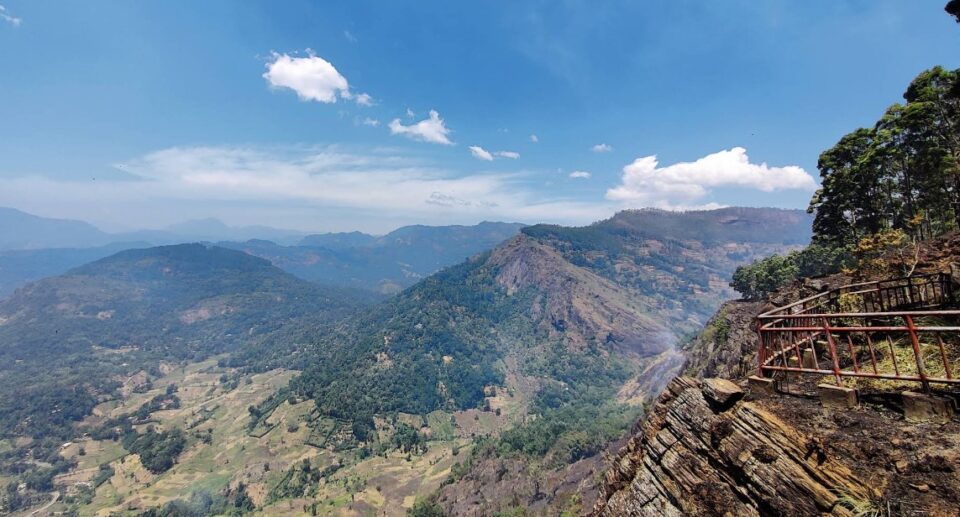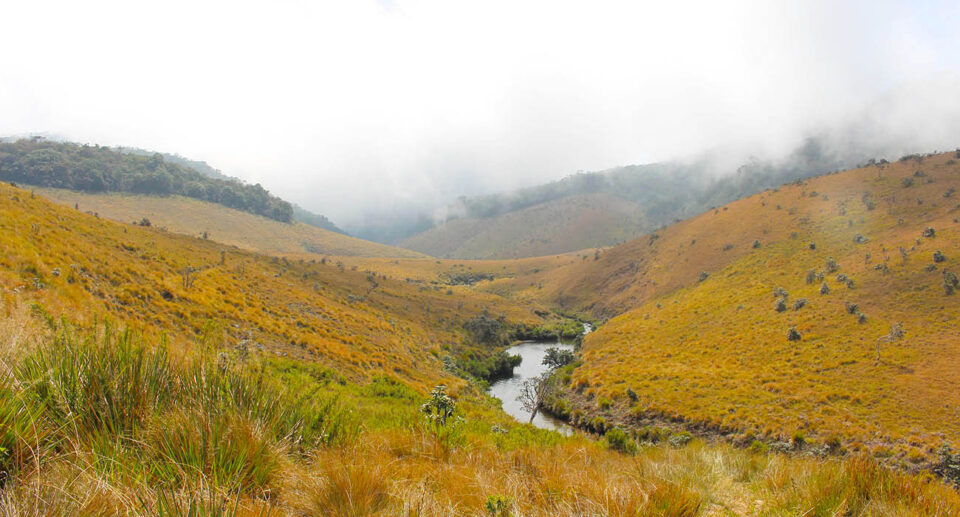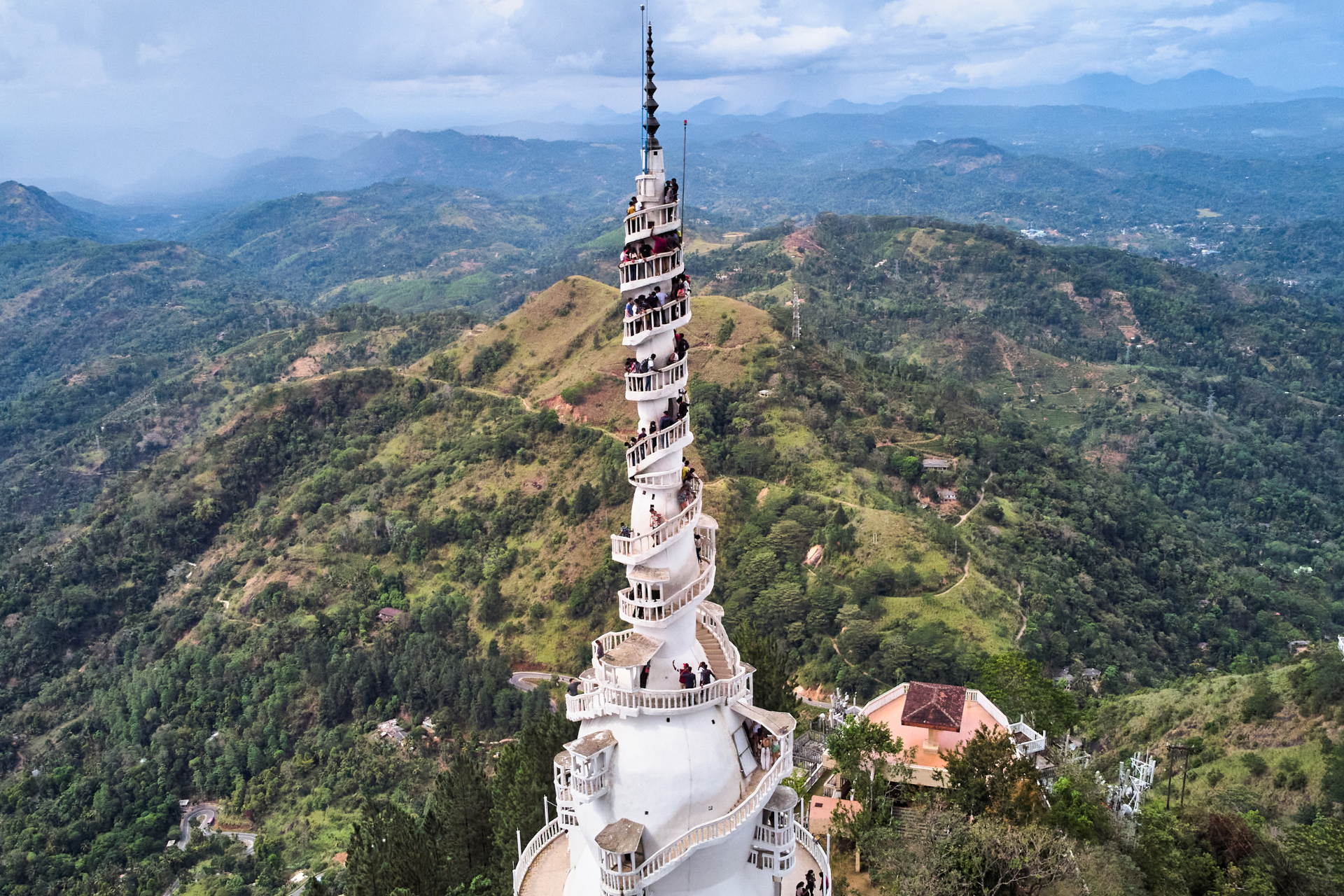Hulangala: A Hidden Gem in Nuwara Eliya Central Highlands
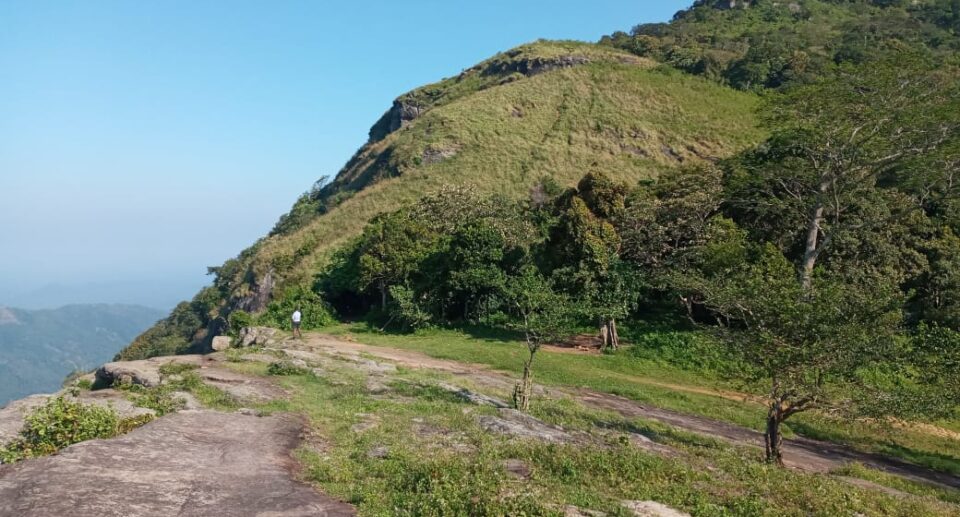
Sri Lanka, a culturally endowed, historically relevant, and naturally scenic island nation, is abound with uncharted and serene locales. Hulangala is one such unseen treasure, a scenic spot located in the central highlands of Sri Lanka. Being overshadowed by popular tourist spots like Nuwara Eliya, Ella, and Kandy, Hulangala offers tourists the thrill of witnessing nature’s virgin beauty. From the lively greenery and breathtaking scenery to the cultural and peace that define the region, Hulangala is an excellent destination for adventure, leisure, and exploration.
In this essay, we shall discuss the physical, cultural, and environmental significance of Hulangala, its accessibility to tourists, and how it makes Sri Lanka’s rich heritage and natural environment richer.
The Location and Geography of Hulangala
Hulangala occurs within Sri Lanka’s central highlands, near the popular town of Kandy. The hill itself is part of a larger geographic location that is characterized by rough landscapes, dense forests, and steep slopes, all of which contribute to the unique nature of the location. It occurs in the Kandy District, a well-known cultural and geographic center of Sri Lanka.
Sri Lanka’s central highlands are famous for a cool climate, which offers a sharp contrast to the island’s tropical heat that dominates most of the land. This, in turn, renders destinations like Hulangala favorite among those seeking a heat getaway. Natural wonders are aplenty within the region in the form of waterfalls cascading down, tea estates, and indigenous forests, which offer a mystic charm to the destination.
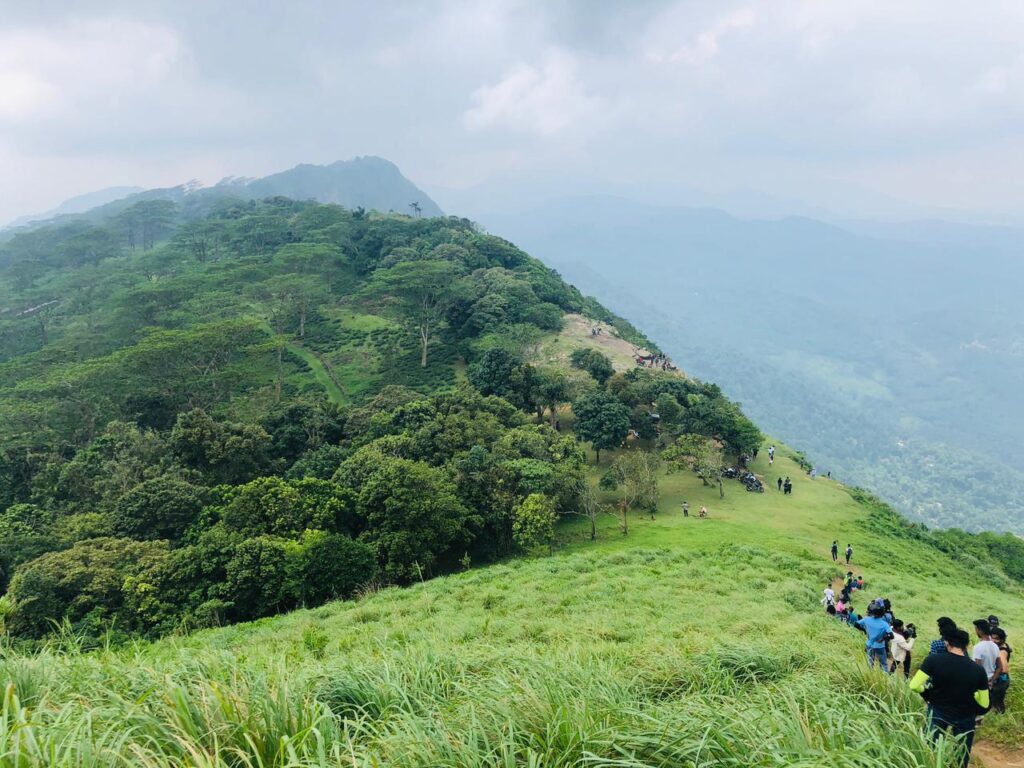
The Hulangala mountain, which is approximately 1,500 meters above sea level, has panoramic views of the landscape that surrounds it and is therefore an ideal location for hiking and trekking. The mountain itself is surrounded by tiny hills and valleys that give it an aura of majesty, as if mythical, particularly in the early morning or evening when mist will roll over the landscape.
A Trekker’s Paradise: Climbing to the Summit of Hulangala
For nature lovers and trekkers, Hulangala has an exciting and relatively lesser-traveled trekking trail with spectacular views of Sri Lanka’s central highlands. Reaching the summit of Hulangala is not for the faint-hearted, as it requires some physical endurance since the trail includes steep and rough terrain. However, the sense of accomplishment at the summit is well worth the effort.
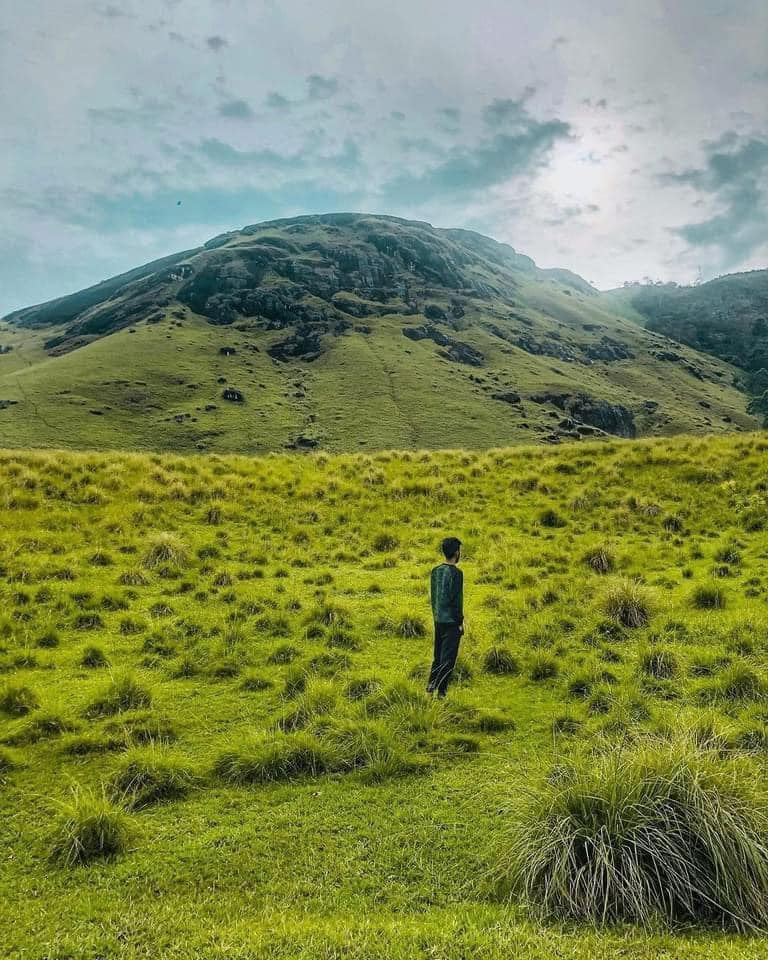
The trek begins at the base of the mountain and winds its way through dense forests of endemic trees like sissoo, eden, and kumbuk found in Sri Lanka’s highland forests. During the trek, trekkers can spot various species of birds, insects, and occasionally small mammals like monkeys and deer. The tranquility of the forests is interrupted only by the sounds of nature birds singing, leaves moving, and the far-off calls of animals.
Once at the summit of Hulangala, trekkers are rewarded with a breathtaking 360-degree view of the surrounding areas. To the west, one can observe the rolling hills and valleys that define Sri Lanka’s central highlands, while to the south, the view extends toward Kandy and beyond. On a clear day, distant villages and towns can be seen, hidden away in the heartland of this lush island. The feeling of standing on such a magnificent height and looking down on the diversified landscape is something that words simply cannot express.
The Flora and Fauna of Hulangala
The Hulangala surroundings have an unrivalled diversity of plant and animal life and are therefore a valuable zone for biodiversity. The middle region highlands of Sri Lanka are endowed with rich ecosystems, and Hulangala is not an exception. The zone is predominantly characterized by montane forests, which have a wonderful diversity of plant species, most of which are endemics in Sri Lanka. These forests are also inhabited by numerous birds, insects, and other creatures, many of which are rare and endangered.
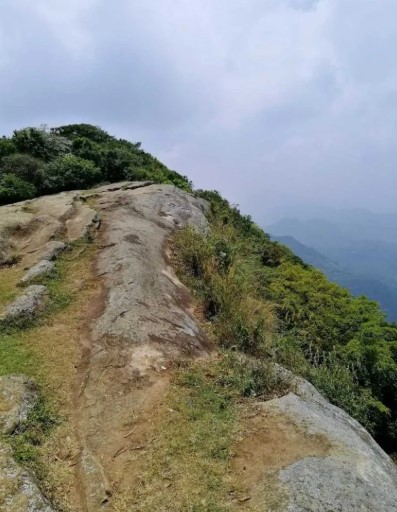
A few of the famous species found within the area are the national bird of the island nation, the Sri Lankan junglefowl; the purple-faced langur, a Sri Lanka endemic species of monkey; and the Sri Lankan leopard, a solitary and elusive predator that inhabits the forests in the central highlands. Other fauna within the area include several species of bats, butterflies, and reptiles.
Aside from the animal fauna, Hulangala accommodates a variety of plant species that are both ecologically and culturally important. The site is thickly populated with medicinal plants that have been used by the local people over generations. The Gotukola plant, for instance, which is extensively used in Sri Lankan traditional medicine, is found freely in the site.
The combination of greenery, diverse flora and fauna, and the overall peace of the area make Hulangala an ideal destination for eco-tourists and nature enthusiasts to soak up Sri Lanka’s natural heritage.
Cultural and Historical Significance
While Hulangala is widely known for its natural beauty, it also has cultural and historical significance. Central Sri Lanka highlands have long been inhabited by various aboriginal people, and the Tamils and Sinhalese live there for centuries. Several ancient kingdoms once thrived in the central highlands, and remnants of ancient civilization still prevail throughout the land.
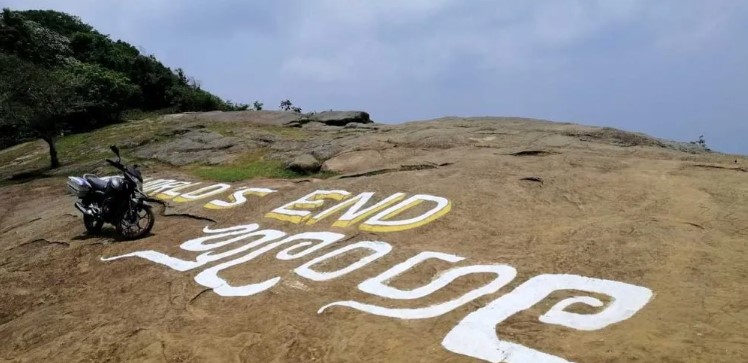
There are a number of Buddhist temples, ruins, and stupas located in the vicinity of Hulangala that reflect the rich cultural history of the island. These sites provide insight into the ancient Buddhist cultures that shaped the evolution of the area. A visit to these temples is a chance to gain knowledge about the spiritual practices and beliefs that have been passed down for generations.
Besides, Hulangala is significant in folklore and legend at the local level. Ancient epics and poems frequently mention the mountain as a natural wonder and spiritual symbol of Sri Lankan civilization. To the local residents living in the shadow of Hulangala, the mountain is a place of reverence, with many viewing it as a symbol of strength, resilience, and spirituality.
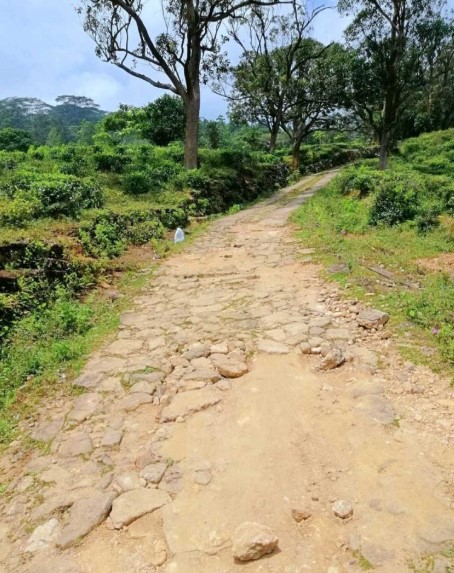
How to Reach Hulangala
Hulangala is roughly 30 kilometers from the nearest big city, Kandy. Going to Hulangala takes one on a car ride on curving roads of the central highlands, bordered by scenery and tea estates.
By Car: The easiest mode of reaching Hulangala is by car or taxi hiring from Kandy. The travel takes around 1.5 to 2 hours, depending on the conditions of the roads. The path winds through lovely scenery, tea plantations, and mist-clad hills gracing the journey.
By Public Transport: Public buses operate from Kandy to nearby towns, though they may take some additional travel or walking to reach the trailhead of Hulangala. The local transport service is less expensive but less convenient for tourists.
On Foot: You can do a tougher route if you are a seasoned trekker by trekking to Hulangala directly from the nearby villages. Trekking on foot allows you to view the surroundings closely, but it might take several hours.
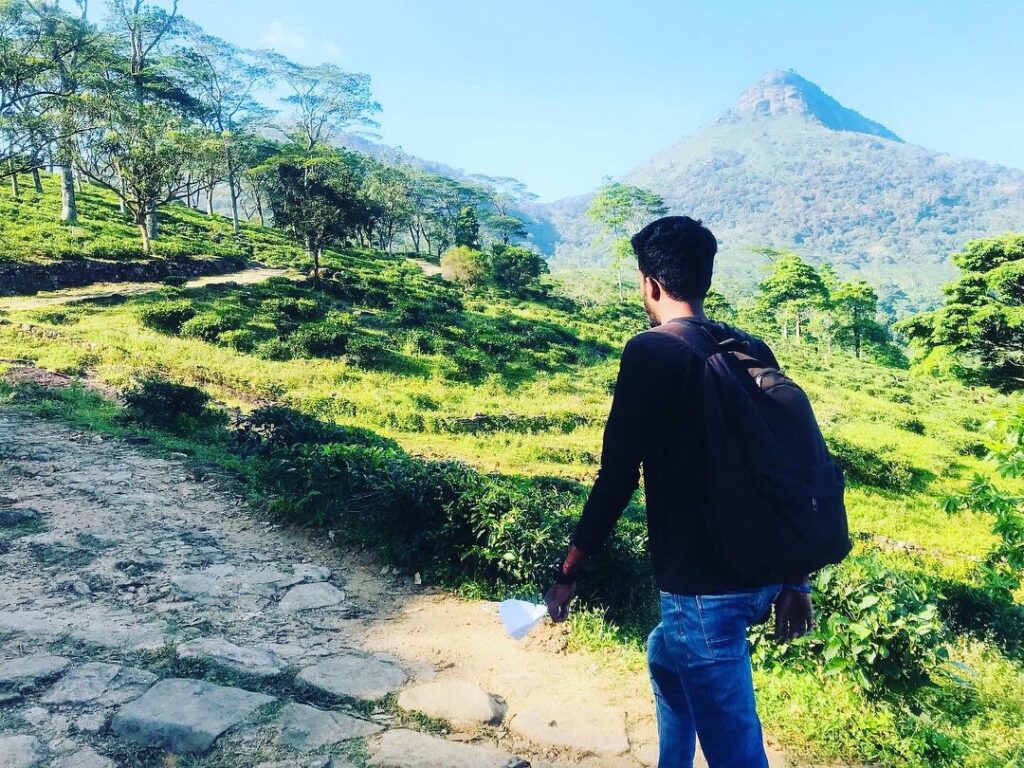
Why Hulangala Is Worth Visiting?
Although Sri Lanka has plenty of famous tourist attractions, Hulangala provides a welcome respite for tourists seeking peace, isolation, and natural scenery. Picturesque trekking trails, diverse flora and fauna, and historical significance make it an attractive location for nature lovers, adventure seekers, and culture enthusiasts interested in Sri Lanka’s heritage.
Apart from this, through visiting Hulangala, tourists are also contributing to Sri Lanka’s growth in eco-tourism development, so the country’s cultural and natural heritage is preserved for future generations. It is a great place to visit for individuals who wish to escape the main tourist spots and enjoy Sri Lanka’s unexplored landscapes.
Map of Hulangala
